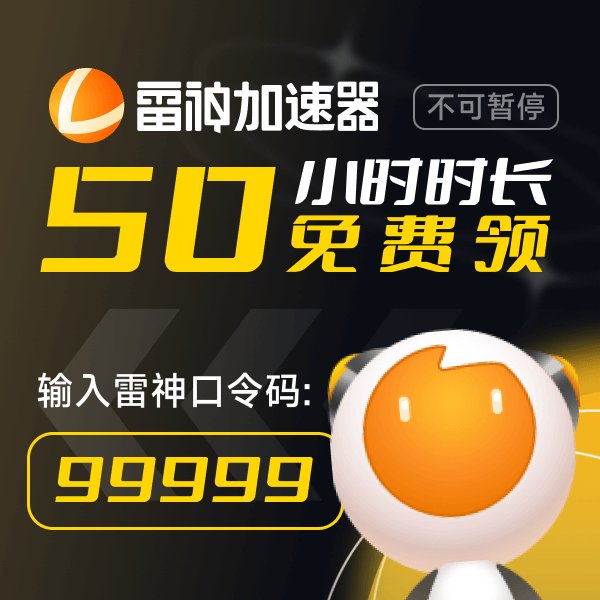Contracts in Counter-Strike: The Magic Function

Contracts in Counter-Strike 2 (CS2) are a fascinating and potentially lucrative feature. They allow players to trade in ten skins of the same rarity for a skin of higher rarity. This system migrated from Counter-Strike: Global Offensive to CS2 with only minor changes. In this article, we'll dive into how the CS2 contract system works, explore its mechanics, and discuss some potentially profitable contracts you can try out.
Why Does Everyone Hate Vertigo in CS2?
What Are Contracts in CS2?
The contract system in CS2 functions similarly to its predecessor in CS:GO. Players exchange ten skins of the same rarity for one skin of higher rarity. The allure of contracts lies in the potential to receive a skin that far exceeds the value of the input skins, sometimes yielding returns of 2x, 3x, or even 10x the original investment. However, there are restrictions: you can't include souvenir items or the highest rarity items in their collection (e.g., secret or covert skins). Additionally, you can't mix StatTrak items with regular ones, and unfortunately, knives and gloves are off-limits for contracts as well.
The Mechanics of Trade-Up Contracts
Understanding the mechanics behind contracts is crucial. Let's break it down with an example using skins from a single collection. Consider the Fracture Collection, which has seven "Mil-Spec" (blue) skins, five "Restricted" (purple) skins, three "Classified" (pink) skins, and two "Covert" (red) skins. If you want to craft a Classified skin like the Glock-18 | Vogue, you need to submit ten Restricted skins from the same collection into the contract. However, you won't have a 100% chance to get the Glock-18 | Vogue because the Fracture Collection contains two other Classified CS2 skins—M4A4 | Tooth Fairy and MAG-7 | Monster Call. Each of these has an equal chance of being received, resulting in a 33.3% probability of getting each skin.
Now, let’s complicate things by mixing in another collection, such as the Prisma Collection. In this case, if you use nine skins from Prisma and one from Fracture, your chance of receiving a skin from the Fracture Collection drops to 10%. Similarly, two skins from Fracture and eight from Prisma yield a 20% chance for Fracture skins, and so on. The probability of getting a specific skin depends on the total number of potential skins in the selected collections.
Getting the Best Float
If the float value of a skin is important to you, there's a way to influence the outcome. The float of the resulting skin in a contract is an average of the floats of the ten skins you put into the contract. For example, if you submit all "Field-Tested" skins, you might receive either a "Field-Tested" skin or a "Minimal Wear" or "Factory New" skin, although the likelihood tends to favor lower quality. Adding better floats (like "Factory New" or "Minimal Wear") increases your chances of receiving a better-quality skin. If you’re not familiar with float values, you can use various online calculators to help predict the outcomes and understand the potential floats of your crafted skin.
Crafting the Legendary Dragon Lore
Back in the days of CS:GO, crafting the CS2 AWP | Dragon Lore was a popular pursuit. Players would use a mix of one M4A1-S | Knight and nine USP-S | Serum skins to have a chance at obtaining the coveted Dragon Lore. Since both collections only had one covert skin, you could either receive the Dragon Lore or SSG 08 | Blood in the Water. The odds were slim, with only a 10% chance to get the Dragon Lore, but for those lucky enough, it was a huge win. Back then, M4A1-S | Knight cost around $300, while USP-S | Serum cost about $5-6 each. If you were fortunate enough to land the Dragon Lore, you could sell it for $2,000-$3,000, turning a $350 investment into a significant profit.
Profitable Contracts in CS2
Now let’s talk about some potentially profitable contracts in CS2:
-
USP-S | Ticket to Hell or M4A1-S | Night Terror: Collect skins from the Dreams and Nightmares collection. To maximize your profit, try to get skins with floats in the range of 0.19 or lower, preferably "Field-Tested." Both the USP-S | Ticket to Hell and M4A1-S | Night Terror can yield good returns. The only non-profitable outcome in this collection is the MAC-10 | Ensnared.
-
AK-47 | Ice Coaled: Gather restricted skins from the Snakebite case, such as the Dual Berettas | Dezastre or R8 Revolver | Junk Yard, in "Minimal Wear" or "Factory New" condition. The chance of getting the AK-47 | Ice Coaled is 33%, making this contract a potentially profitable one.
-
AK-47 | Phantom Disruptor: Using restricted skins from the Prisma 2 collection, the cheapest options would be SCAR-20 | Enforcer or SG 553 | Darkwing in "Factory New" condition. If successful, this contract can yield the AK-47 | Phantom Disruptor with a 33% probability.
Before attempting any contracts, always check the current market prices and consider using a trade-up calculator to assess the potential profitability of your desired skins. Prices and odds may vary over time, so it's essential to stay informed and calculate your moves carefully.
Precise Grenade Throws in CS2 Without Jumpthrow
Conclusion
Trade-up contracts in CS2 are all about math and chance. While there’s no foolproof method for success, understanding the mechanics and calculating your probabilities can tilt the odds slightly in your favor. Remember, contracts are inherently risky, and luck plays a significant role. So, always proceed with caution and consider your investments carefully.
Good luck, and may your CS2 contracts be profitable!
转载请注明出处
原文链接: /posts/contracts-in-counter-strike-the-magic-function









